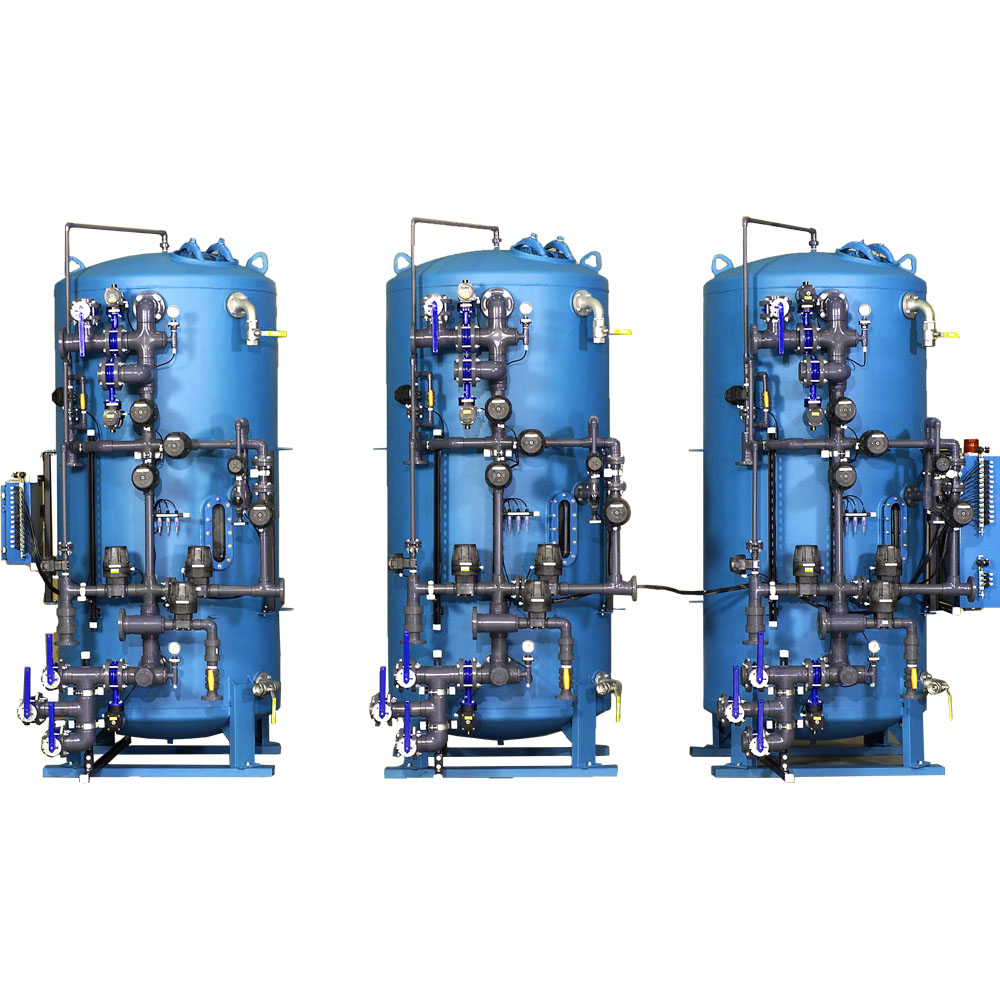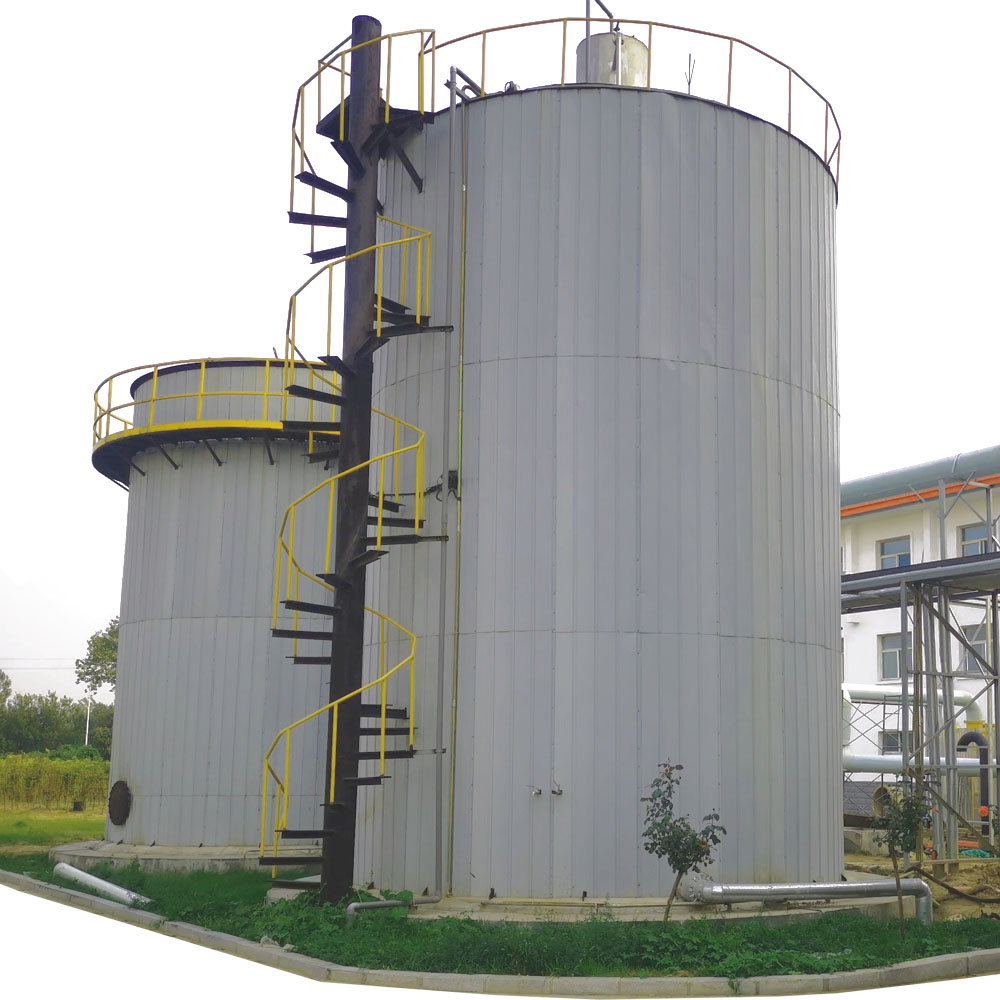The composition of industrial wastewater varies significantly by industry, primarily encompassing the following categories:
1) Organic pollutants
Common in industries such as petrochemicals, pharmaceuticals, and dyes, these pollutants include phenols, benzene series, polycyclic aromatic hydrocarbons, organic chlorides (such as carbon tetrachloride), and aldehydes (such as formaldehyde). Wastewater from industries such as food processing and papermaking contains biodegradable organic matter such as carbohydrates, proteins, and oils.
2) Inorganic pollutants
Wastewater from electroplating and metallurgy industries contains acids and bases such as sulfuric acid and hydrochloric acid. Refining and coking wastewater contains sulfides and cyanides (H₂S and enzyme inhibitors). Chemical wastewater often contains nitrogen and phosphorus compounds (ammonia nitrogen and nitrates), which can easily lead to eutrophication.
3) Heavy Metal Ions
Category I pollutants (the most toxic) include mercury, cadmium, hexavalent chromium, lead, and arsenic; Category II pollutants include zinc, copper, and nickel. These metals, primarily from industries such as electroplating, battery manufacturing, and mining, can cause liver and kidney damage and neurological disorders. 4) Suspended Matter and Colloids
Wastewater from mineral processing, ceramics processing, and other sources contains suspended matter such as silt and metal oxides, which can clog pipes and affect the respiration of aquatic life.
5) Oils
Wastewater from oil extraction and mechanical processing contains petroleum hydrocarbons and emulsified oils, which form an oil film on the water surface that hinders oxygen exchange.
6) Special Pollutants
Wastewater from the electronics industry contains heavy metals such as copper and nickel, as well as cyanide, requiring special treatment.






